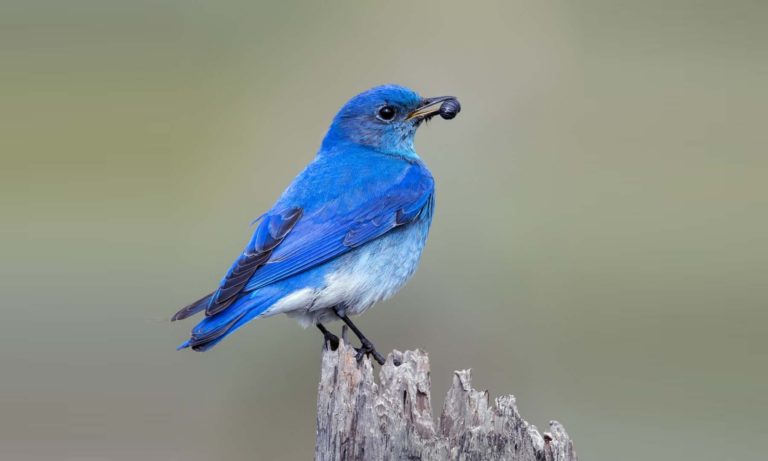We can participate in biodiversity conservation by increasing our knowledge of environmental issues, increasing our awareness of the impacts of biodiversity loss, and increasing support for government policies and actions that conserve our valuable ecosystems. We can become educators and role models as stewards of the environment by aiding in the recovery of species at risk and preventing other species from becoming at risk. Habitat stewardship consists of activities that range from enhancing the quality of soil, water, air and other natural resources to monitoring and conserving wildlife species and their habitat by donating the property to a land trust.
Follow Us
Take a glimpse behind the scenes and see The Nature Trust in action, including stunning photos you won’t see anywhere else!

